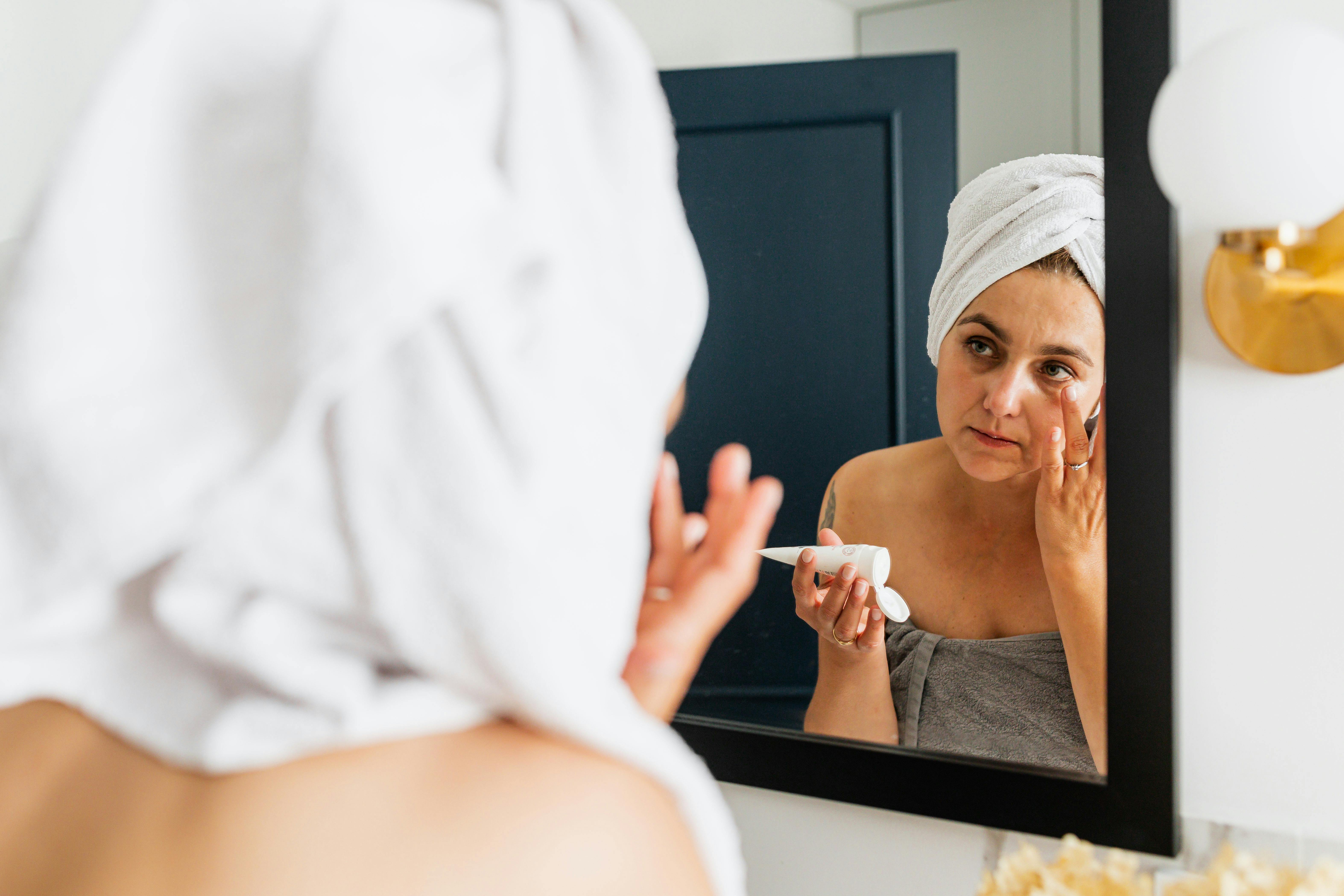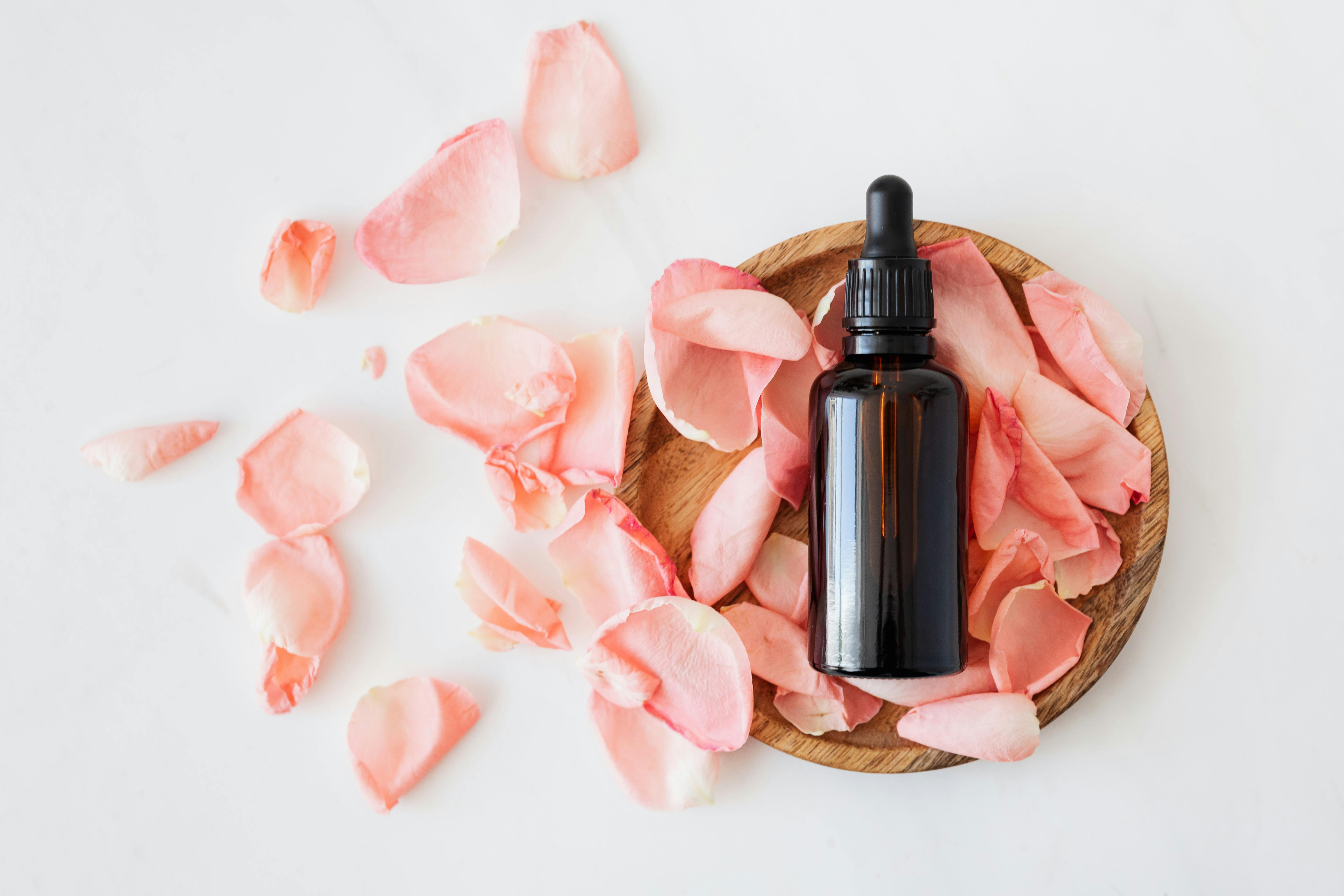Shea butter is a luxurious, nutrient-rich fat derived from the nuts of the shea tree (Vitellaria paradoxa), native to West Africa. Renowned for its deep moisturizing and healing properties, shea butter is a staple in many skincare routines. Here’s a comprehensive guide to shea butter, including its benefits, how to use it, and what to mix and not to mix with it.
Benefits of Shea Butter
Deep Moisturization
- Intense Hydration: It is an excellent emollient that deeply moisturizes the skin, leaving it soft and supple.
- Long-Lasting Moisture: Provides prolonged hydration by forming a protective barrier on the skin’s surface, preventing moisture loss.
Healing and Soothing
- Anti-Inflammatory Properties: Reduces inflammation and soothes irritated skin, making it ideal for conditions like eczema and dermatitis.
- Promotes Healing: Contains vitamins A, E, and F, which aid in skin healing and regeneration.
Anti-Aging
- Reduces Wrinkles and Fine Lines: The vitamins and fatty acids in it helps to improve skin elasticity and reduce the appearance of wrinkles and fine lines.
- Boosts Collagen Production: Stimulates collagen production, promoting firmer, more youthful skin.
Protective
- Protects Against Environmental Damage: Provides a natural barrier against harsh weather conditions, pollution, and UV radiation.
- Rich in Antioxidants: Neutralizes free radicals that can cause premature aging.
How to Use Shea Butter
Application
- Cleanse: Start with a gentle cleanser to remove makeup, dirt, and oil.
- Tone: Apply a toner to prep your skin and balance its pH.
- Serum: Use any targeted serums or treatments before applying shea butter.
- Moisturize: Apply shea butter as the final step in your skincare routine to lock in moisture and provide a protective barrier.
- Body Care: Use shea butter as a body moisturizer, focusing on dry areas such as elbows, knees, and heels.
Product Recommendations
- L’Occitane Shea Butter Ultra Rich Body Cream: A luxurious body cream that deeply hydrates and soothes the skin.
- The Body Shop Shea Body Butter: Provides intense hydration and leaves the skin feeling soft and smooth.
- CeraVe Moisturizing Cream with Shea Butter: Combines ceramides and shea butter to restore and maintain the skin’s natural barrier.
- SheaMoisture Raw Shea Butter Hydrating Moisturizer: A rich moisturizer that nourishes and hydrates dry skin.
- Palmer’s Cocoa Butter Formula with Vitamin E: Blends shea butter with cocoa butter and vitamin E for deep hydration and improved skin texture.
- Josie Maran Whipped Argan Oil Face Butter: Combines shea butter with argan oil to deeply moisturize and nourish the face.
- African Shea Butter by Taha: 100% pure and unrefined shea butter that provides deep hydration and nourishment.
- NIVEA Shea Daily Moisture Body Lotion: Infused with shea butter to provide long-lasting moisture and improve skin texture.
What to Mix with Shea Butter
Compatible Ingredients
- Hyaluronic Acid
- Advantage: Enhances hydration by drawing moisture into the skin, complementing the moisturizing effects of shea butter.
- Disadvantage: No significant disadvantages; hyaluronic acid works well with shea butter.
- Product Recommendation: The Ordinary Hyaluronic Acid 2% + B5 – A hydrating serum that pairs well with shea butter products.
- Essential Oils
- Advantage: Adds fragrance and additional therapeutic benefits, such as calming or invigorating effects.
- Disadvantage: Ensure the essential oils are skin-safe and used in proper dilution to avoid irritation.
- Product Recommendation: Plant Therapy Lavender Essential Oil – A soothing essential oil that can be mixed with shea butter for added calming benefits.
- Vitamin E
- Advantage: Enhances the antioxidant properties of shea butter, providing additional protection against environmental damage.
- Disadvantage: No significant disadvantages; vitamin E is beneficial for all skin types.
- Product Recommendation: NOW Solutions Vitamin E Oil – An antioxidant-rich oil that can be combined with shea butter to enhance its protective properties.
How to Apply
- Order: Apply shea butter after any lighter serums or treatments to lock in moisture.
- Layering: Allow each product to absorb fully before applying the next to maximize effectiveness.
What Not to Mix with Shea Butter
Incompatible Ingredients
- Strong Acids (AHAs/BHAs)
- Disadvantage: Using strong acids with shea butter can potentially cause irritation and reduce the efficacy of both products.
- Recommendation: Use strong acids at different times of the day or on alternate days.
- Product Recommendation: Pixi Glow Tonic – An AHA toner that exfoliates and brightens the skin, used separately from shea butter.
- Retinoids
- Disadvantage: Combining shea butter with retinoids can increase the risk of irritation, especially if the retinoid is potent.
- Recommendation: Use shea butter to soothe the skin after applying retinoids, but start with lower concentrations of retinoids to avoid overwhelming the skin.
- Product Recommendation: Neutrogena Rapid Wrinkle Repair Retinol Oil – A potent retinol treatment that improves skin texture and reduces signs of aging.
How to Apply
- Order: If you must use both (for different purposes), apply them at different times of the day or on alternate days to prevent irritation.
- Separation: Consider using strong acids and retinoids on different nights, or shea butter in your morning routine and acids/retinoids in your evening routine.
Advantages and Disadvantages of Mixing Shea Butter
Advantages
- Enhanced Benefits: Mixing shea butter with compatible ingredients like hyaluronic acid and essential oils can enhance hydration, soothe the skin, and provide additional therapeutic benefits.
- Comprehensive Care: Combining shea butter with other beneficial ingredients can provide a well-rounded skincare routine addressing multiple concerns.
Disadvantages
- Potential Irritation: Mixing shea butter with strong acids or other potent active ingredients can lead to increased irritation, redness, and dryness.
- Reduced Efficacy: Using ingredients with conflicting pH levels (like strong acids) can reduce the overall effectiveness of shea butter.
Conclusion
Shea butter is a versatile and deeply nourishing ingredient that can provide numerous benefits for the skin, including intense hydration, healing, and protection. Understanding how to properly use shea butter and what to mix and not to mix with it can help you maximize its benefits while minimizing potential side effects. For more personalized advice and product recommendations, explore our Skincare Essentials section or consult with a skincare professional.




